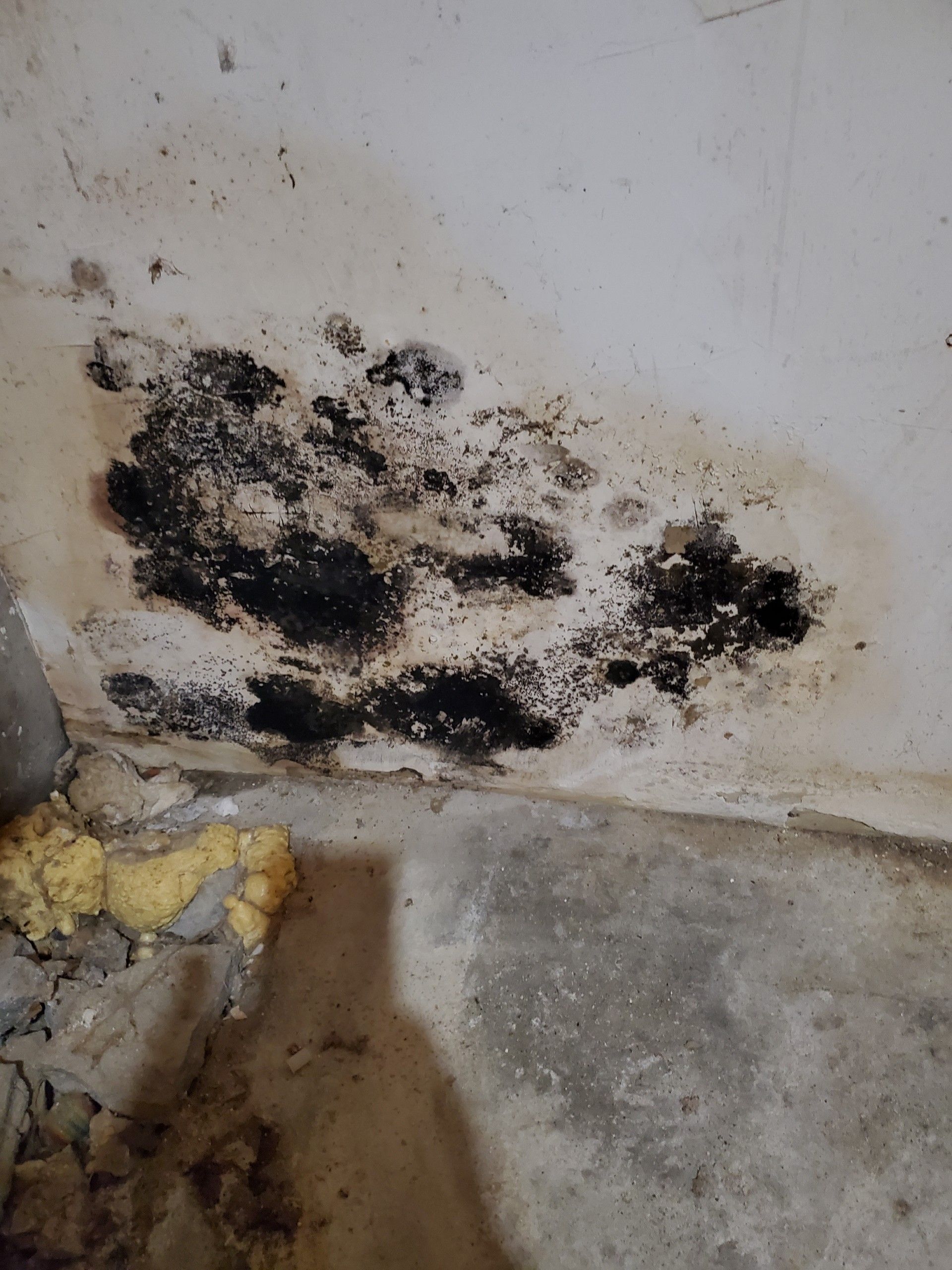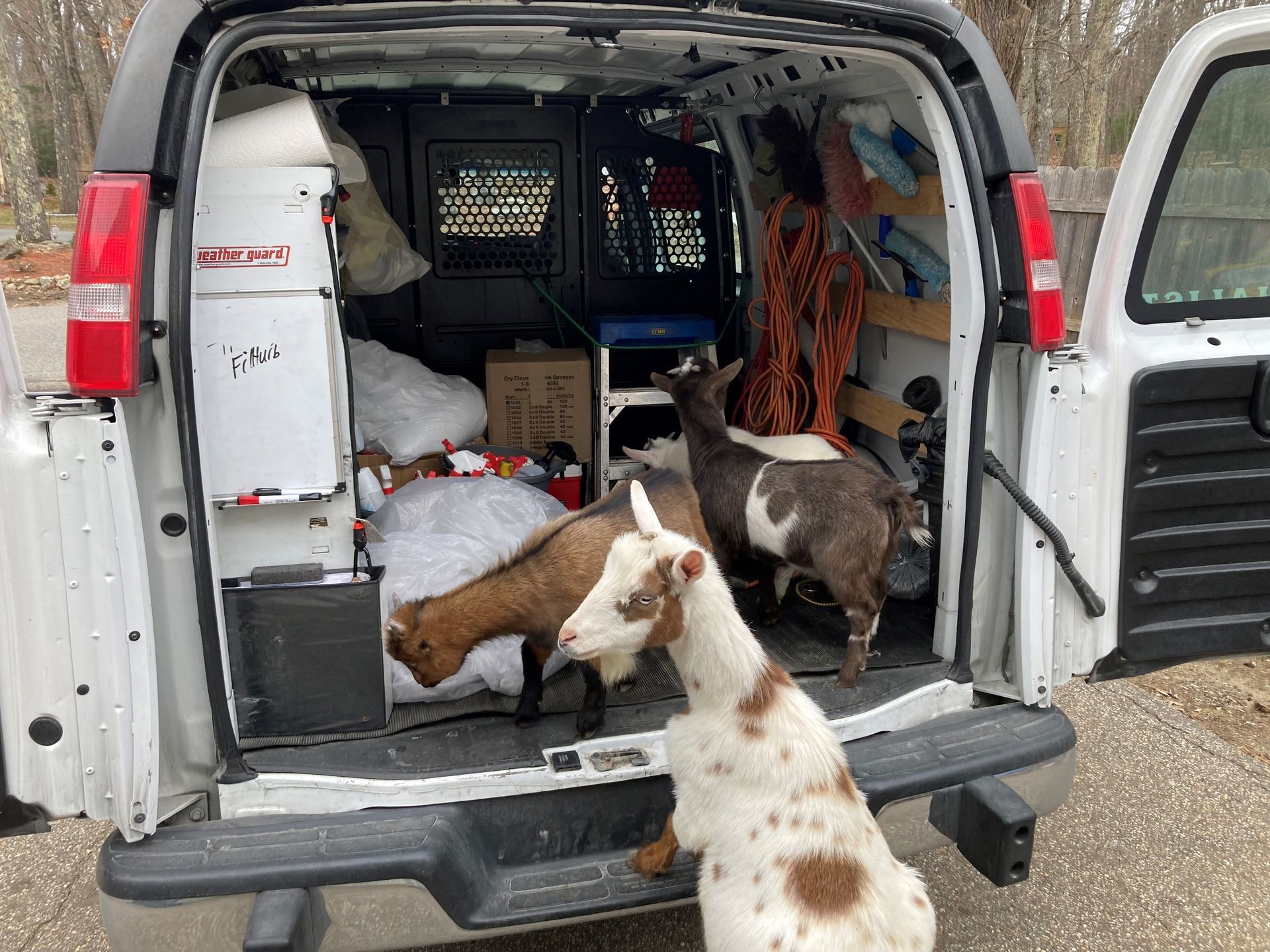Three Types of Water Damage and How to Prevent Them
Types of Water Damage - Assessment, Prevention, and Treatment
Water is one of the most common sources of damage in business or residential structures, making water-damage insurance claims the second most typical, surpassed only by claims initiated by wind and hail.
When it comes to water damage, there are several things to assess for. Which particular category the damage falls into is one of them, as it determines how the issue should be handled.
The Institute of Inspection, Cleaning, and Restoration (IICRC) has identified three types of damage which we’ll discuss below - clean, gray, and black:
Types of Water Damage
1. Clean Water Damage
The damage done by clean water doesn’t endanger humans or pose a health risk. This sort of damage can be caused by faulty appliances or sink overflows. It’s referred to as "clean" water damage, because the water is devoid of sewage and toxins. Most goods damaged in type one accidents can often be dried quickly and simply, with no long-term consequences for the property owner.
While it is the least dangerous of the three, it’s also the most prevalent and can be triggered by a variety of home issues:
- Overflowing bathtub
- Pipes that are leaking
- Rain or thawing ice
- Clogged sinks
- Toilet tanks
Sometimes all that’s needed to deal with clean water damage is a couple pairs of hands and a few mops. If the cleanup job isn't thorough enough, however, category one water damage can quickly become category two.
Though not harmful to begin with, standing pure water might quickly degrade into gray water damage and mold, causing serious problems down the road. To ensure that the job is done properly the first time, you may consider hiring a home repair specialist to make certain everything is handled correctly and your home is free of damage.
2. Gray Water Damage
Gray water, which is also known as sullage, is water polluted by things such as mold or bacteria, and if consumed, may cause illness. This type of water causes category two damage to property. This can include water from sources such as septic tanks, toilets, and washing machines.
This type of water damage can occur as a result of a weather event but is typically caused by such appliance failures as:
- Dishwasher/laundry machine overflow or discharge
- Failure of sump pumps
- Septic backups
- Condensate from a refrigerator and freezer
- The toilet bowl is overflowing with pee
- Broken aquariums
- Broken water beds
If you come in contact with gray water, don't worry, as it doesn’t usually cause harm to humans, but it can make you sick if consumed. You should begin cleanup quickly since category two flooding can become category three in as little as 48 hours.
If you have a gray-water flood in your house, proceed with caution, wearing safety equipment and keeping children and pets away from the flooded areas. It’s usually best though - even if the flood is not extremely severe - to employ specialists to carefully clean and sanitize the area. This will ensure that any toxic chemicals or germs have been eradicated and will not compromise your future health.
3. Black Water Damage
Category three water damage, sometimes known as "black water" damage, is the most severe type of water damage that your property may sustain, and it needs immediate attention in order to avoid major health hazards.
Water in category three is extremely polluted, containing things like human waste, and is a breeding ground for hazardous germs and diseases, which must degrade completely before being discharged into the environment. This type of water can also be polluted with dissolved chemicals and particles, which makes interaction with it very risky. Some examples are:
- Sewage
- Large scale flooding from oceans, rivers, or lakes
- Rain driven by wind from hurricanes
Category three water is usually polluted by virtue of natural disasters involving rising rivers or flood waters that have come in contact with sewage, either from a private septic tank or from city sewage systems.
Cleaning up black water damage needs the services of an expert. Because the water is so toxic, the house repair crew must wear protective gear and equipment to avoid becoming ill. In contrast to clean water, black water cannot simply be pumped outdoors; it must be trapped and transported to a safe area. Also if anything has come into contact with the black water, it must also be taken away.
When category three water damage occurs, various items and materials must be removed from your house, and after drying, your home must be thoroughly disinfected. All impacted cosmetic components, such as insulation, hardwood floors, drywall, carpet padding, carpet, and cushions, should be removed by a restoration firm contractor.
Craftech Water Restoration Experts Can Handle it All!
Whatever type of water damage you have, it’s always advisable to employ a licensed expert to manage the cleanup.
A skilled home repair professional will be able to determine the amount of damage, contain it, and remove all traces of water, ensuring that you and your family can rest easy knowing your home is clean and safe. Clean water damage can also cause structural issues and mold if not correctly handled, so it is better to be safe.
If you believe that your house flooding is caused by black water, don’t hesitate to contact a professional plumber or water restoration specialist. Due to the severe potential health risks associated with black water, this action is critical to the health of your family and your home.
Contact us to start the restoration process.




